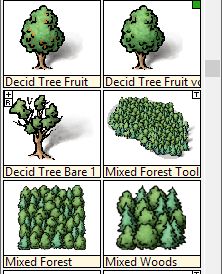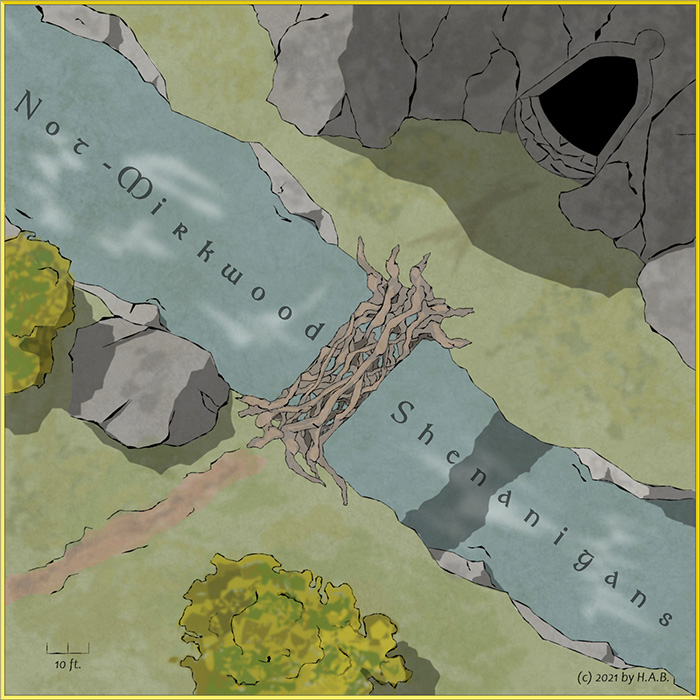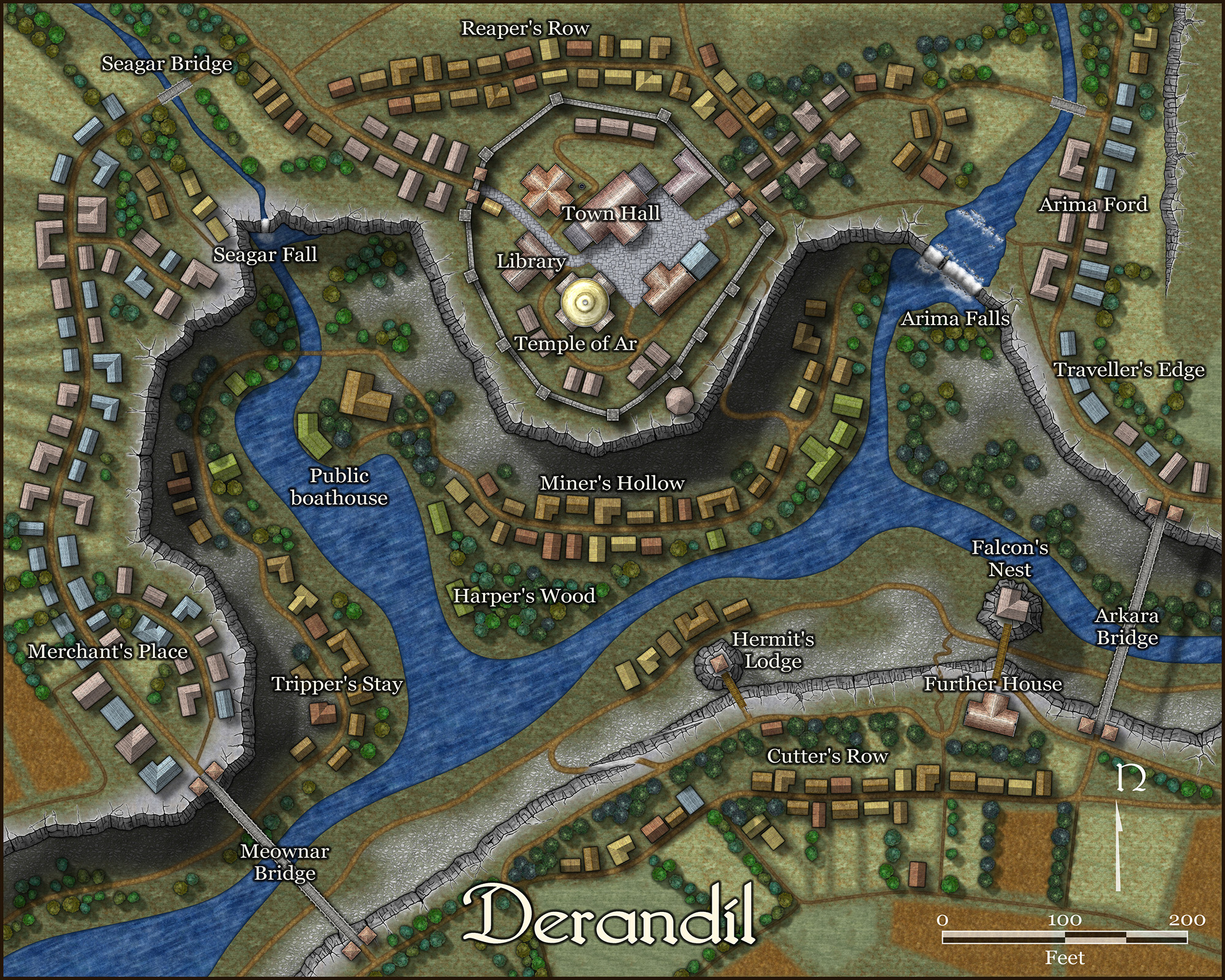

So now I’m currently making tiles for the 4″ system and I’m hoping to get about 100-150 done before experimenting with the 3D tiles. However I’m going to have to custom make 1″ hex tiles for the Hirst Arts as Bruce doesn’t seem interested in making any. I had considered going to 6″ tiles but it would be bulky for the 3D version although easier to build using Hirst Arts bricks. My only issue with the 4″ tiles is you can not have triple wide corridors without needing four hexes for the length of two that you would need for single or double wide. Then in December the Hexomorfo System came out using the same conclusions I was using (but only using vertical corridors not horizontal as well) but the smaller scaled 4″ tiles, a bit like the Hex Jig that I discussed in November. I can still use the original Hex Jigs for Battletech and Mechwarrior: Dark Age. I now have the Hex jigs but I think I’m going to scale them up to get a true 1″ hex and have them laser cut. You can read my thoughts about it in the blog post linked above. Then last November during my routine searches for Hex Maps and Hex Dungeons I found the Kickstarter for Tabletop Hex Terrain. Unfortunately I no longer have the files for these.

These were overly complex but a good start. Posted in Geomorph, Maps, Terrain | Tagged Battle Tiles, Geomorphs, GURPS, Map, Maps, Play Aids, PROPS | 2 Replies New 4″ Hex Geomorphs progress This is a great blog post and gets more indepth than I did for the actual reason for the size of my tiles. Mapping with Master Hexes by Phil Wright. However 4 inch battle tiles is a discussion for another post.
#PROFANTASY MAP ICONS PLUS#
Plus 4 inch tiles would allow me to fit the wargaming niche as well because I could build them in one foot sections. This idea was reinforced when the Hexomorfo System was released.
#PROFANTASY MAP ICONS FULL#
However not just flat tiles but full three dimensional dungeons. However with my purchase of Kickstarter for Tabletop Hex Terrain I’ve started to think about moving to smaller 4 inch hex tiles.
#PROFANTASY MAP ICONS HOW TO#
There is a great blog post by Phil Wright “ Mapping with Master Hexes” where he goes into in depth detail about how to choose the proper tile size. I prefer the Vertical so I went with that. The only thing we disagreed on was whether to use Horizontal or Vertical. This allowed me to rotate the hexes in any direction and have all the tiles line up. Then I came across the idea, after discussions with Andorax (a World Works Games forum user), to use Hex Tiles. I’ve mostly seen older wargames that use counters, Star Maps (although can use both), and probably most recognised in the gaming community Icosahedral World Maps. Very few games that I can recall use the Horizontal grid. I’ve heard some people refer to them the opposite way but I view it as the direction of travel in a straight line via the flat edge. Not to mention that a 1 inch Vertical hex tile is the industry standard for miniature bases. However most people would just stick with the 1 inch distance flat to flat as that will perfectly allow even miniatures with round bases to fit within the entirety of the hex. If you want to the distance from top of your tile to the bottom of the tile to be 1 inch this means you have two different possible sizes for your hex. Now if you are using your map for miniatures the standard movement is 1 inch for the base. Vertical and Horizontal sometimes referred to Flat to Flat and Point to Point.

There are two ways to place a hex onto a map.

This time I just want to discuss briefly on some hex maps but mostly the 7 inch hex tile. In my last post I gave a brief overview of how my different hex dungeon maps evolved.


 0 kommentar(er)
0 kommentar(er)
